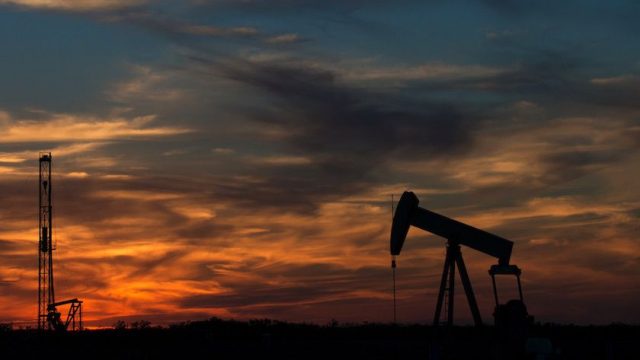North Dakota College Students Still Bullish On Oil

“Oil bust saps U.S. students’ enthusiasm for petroleum degrees,” was the headline from Reuters last week.
“Enrollment in U.S. petroleum engineering degree programs fell for the first time in 13 years this fall, as an oil industry slump makes college students wary of entering the boom and bust world of oil and gas,” reporter Edward McAllister wrote.
But in North Dakota, that doesn’t seem to be the case. College students here still seem bullish about a future working in the oil and gas industry. From Bismarck-based KFYR television:
When it comes to college courses geared toward the oil industry, North Dakota is once again bucking the trend, because student enrollment is up.
After getting laid off, former oil workers are going to college to get back into the energy field.
“In the oil and gas industry it cyclical. Prices are up and prices are down,” said Kari Knudson, National Energy Center of Excellence.
But the students at Bismarck State College don’t seemed to be put off by this slowdown. As this fall, the National Energy Center of Excellence saw a total 3 percent increase in enrollment for its program.
“I think the increase is due the fact there are still great jobs out there in the industry and employers are still looking for highly skilled qualified operators and technicians,” Knudson said.
These are students who are investing time in money into preparing themselves for a career in the oil industry. The optimism they show indicates a faith that oil prices will recover, and with it the oil industry.
Meanwhile, I wonder if we haven’t hit rock bottom in the oil rout. The number of drilling rigs operating in the state has been hovering around the high 60’s and low 70’s for months now…
…and there is some hope in the global markets that the situation has stabilized.
“I see the first mixed signs for recovery of oil prices,” Shell CEO Ben van Beurden told an oil industry conference in London. “But with U.S. shale oil being more resilient than we originally thought and a lot of oil still in stock, it will take some more time to rebalance demand and supply,” he added.
That resilience has been good for North Dakota, even if the state continuing to produce near record levels of oil in an already saturated market has helped drive prices low. It also means that the industry has kept working, and the negative economic impacts kept limited.





